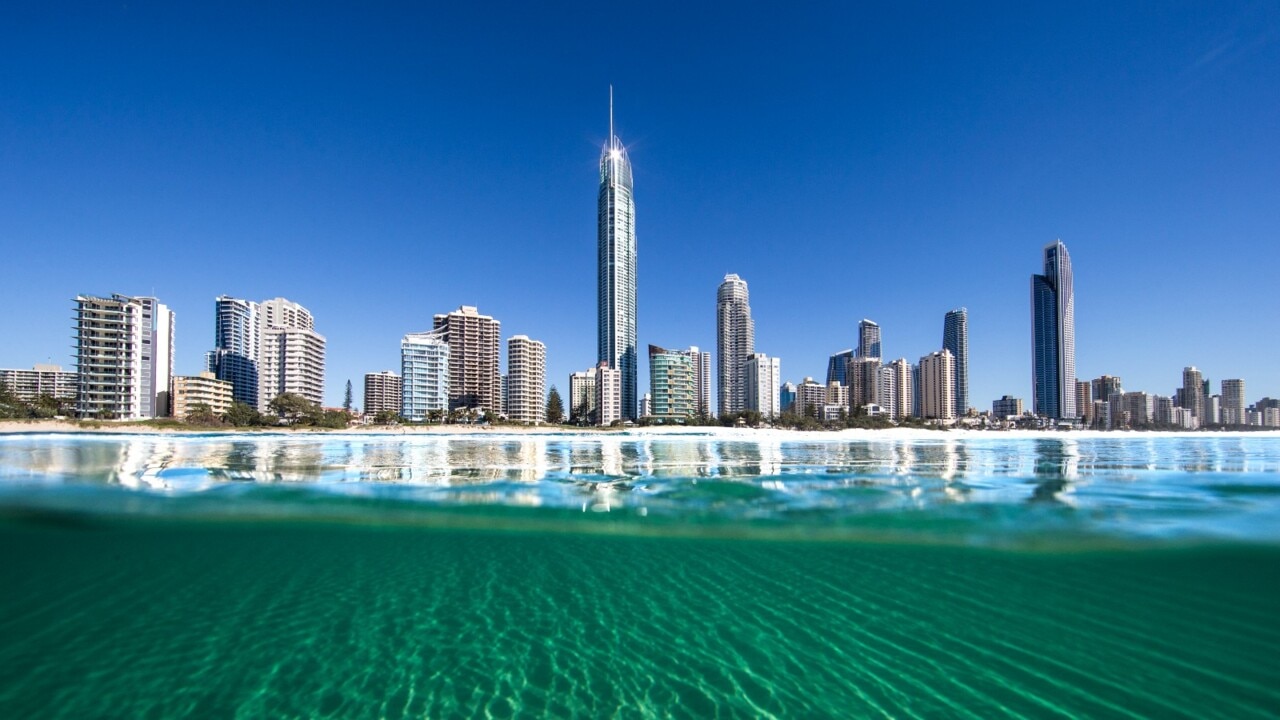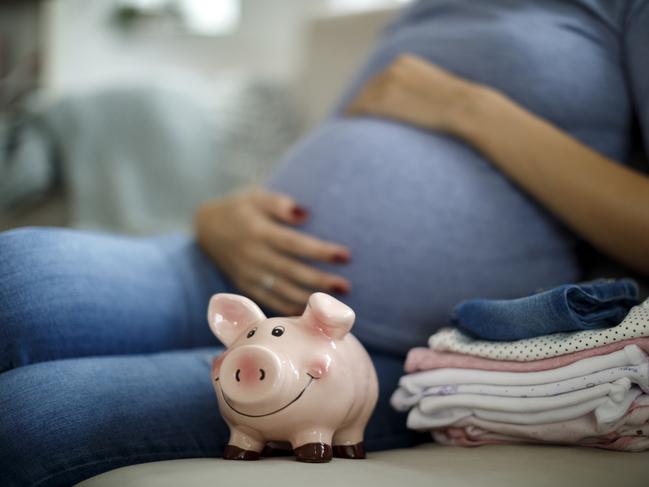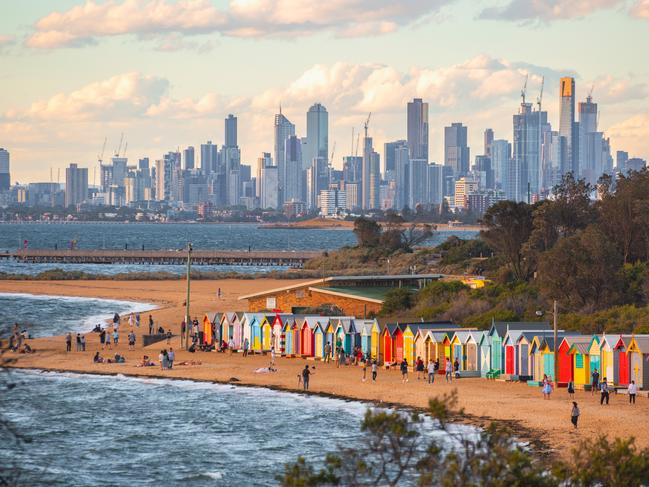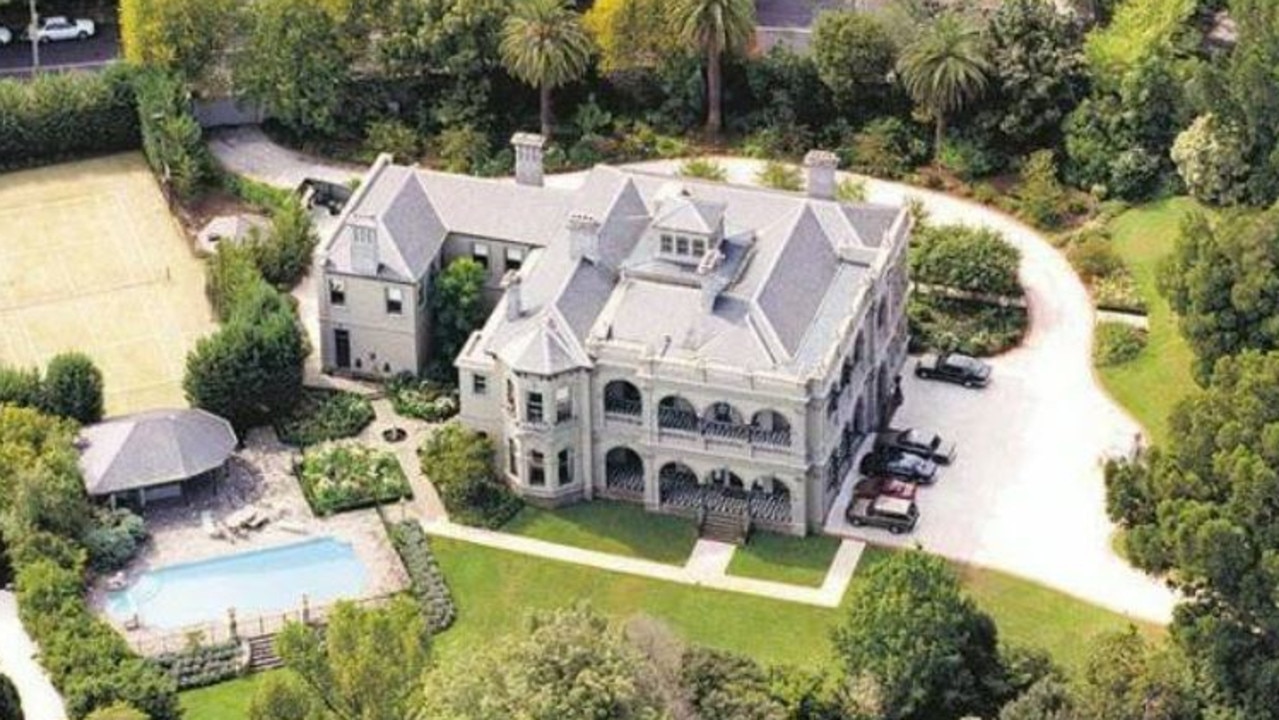‘Out of balance’: Worrying trends reshaping Victoria
A declining birth rate, residents fleeing interstate and stagnating life expectancy are threatening to throw Victoria “out of balance”. Experts warn these “unsustainable” factors now cast a shadow over the state’s future.

News
Don't miss out on the headlines from News. Followed categories will be added to My News.
Victoria is “out of balance”, with a baby drought and “micro” increases in life expectancy threatening the state’s growth.
Once the most liveable city in the world, Melbourne has also seen an “exodus” in residents swapping the cityscape for balmy Queensland.
So, could this “unsustainable” trio of factors see Victoria shrink?
Or will the state continue to rely heavily on international migration for it’s population boom?

Victoria’s baby drought
Melbourne took the unwanted crown as Australia’s least-fertile state capital, as birth rates plunged across the city due to cost of living and housing pressures.
A total of 56,270 babies were born in Greater Melbourne in 2023 – 7.3 per cent fewer than in 2019 pre-pandemic, analysis from accounting firm KPMG revealed.
Melbourne’s fertility rate – the average number of children a woman would have over her child-bearing years based on current trends – was just 1.44.
This was compared to 1.57 in Sydney and 1.61 in Brisbane.
The rest of Victoria also recorded a decrease of 0.4 per cent in the number of birthrates from 16,060 in 2023 to 16,130 in 2019.
Nationally 289,100 babies were born last year, a drop of 4.6 per cent from 2022.
It was the lowest annual level since 2006, and the largest annual drop since 1975.
Social researcher Geoff Brailey said Australia’s current fertility rate of 1.6 was “not sustainable” and well below the replacement level of 2.1.
He said the data showed Victorian society was “out of balance”.
“We really do rely heavily on net overseas migration. It’s an indicator that the economy is probably one of the main factors hindering the kind of family formation,” he said.
“It’s a really fascinating story, that while we seem to be a land that’s very attractive for global, aspiring migrants, it’s a real challenge when people are living in Australia – migrants or people born in Australia – to find a financial sort of steady ground to build a family.”
Australia grew by 104,000 through natural increase last year, when deducting the number of births from deaths.
This is compared to 547,000 people gained through overseas migration.

The cost of living and housing and rising interest rates were ultimately to blame for the low birth rates, Mr Brailey said.
“2023 was a year where I think the headwinds economically combined for a bit of a superstorm,” he said.
Women are also having children later in life with national figures showing an average age of 33.7 for men and 31.9 for women.
“It’s millennials (who are of child-rearing age) who are dealing with more financial insecurity, career insecurity, faced challenges of the pandemic and they’re more likely to rent then own a home,” Mr Brailey said.
He said solutions like the “baby bonus” were a great way for short term improvements in total fertility rate.
“We also need to consider more parental leave, as well as in a long term scenario as Australia grows to a population of 40 million by 2050, we’ve got to look at creating more affordable cities where families can thrive,” he said.
Victorians flee the state
Victorians are leaving the state and settling in places like sunny Gold Coast and Perth, in what experts have labelled an “exodus”.
Victoria had a natural increase of 32,084 last year, but had a net interstate migration loss of more than 1110 people, the latest data from the Australian Bureau of Statistics shows.
This is compared to the number of people gained through overseas migration – a total of 161,758.
The situation was particularly dire in New South Wales, which lost 33,202 residents to other states and territories. This was more than its natural increase of 32,084.
“Australians are moving north into Queensland and they’re shifting west into Western Australia, largely out of Sydney and Melbourne,” social researcher Mark McCrindle.
“Queensland has the triple green light of growth, the natural increase, overseas migration plus this very significant internal migration.
“It’s been a trend that has continued since Covid.”
Mr McCrindle said Melburnians and Sydneysiders were being “priced out of the two largest capitals”.
“People are looking at the price of living in a place like Melbourne and saying, wait I can actually get a way better return on the dollar if I look at places like southeast Queensland.”
He said Melbourne is also seeing a large total population growth through overseas migration leading to infrastructure bottlenecks and blown out commute times.

The median house price for July in Melbourne was $912,000 and Sydney $1,429,000 compared to Perth at $790,000, data from PropTrack shows.
Brisbane was slightly higher than Melbourne at $951,000, which experts attribute to the sudden increase in population.
Mr McCrindle said Queensland has long been the retirement hotspot, but younger couples and families are also making the move up north.
“Queensland is unique. It’s got more population outside of its capital than in its capital,” he said.
“If you compare that with Victoria and New South Wales – both have more than three quarters of their total state population in their respective capitals. Whereas Queensland has more than half its population outside of Brisbane.
“It’s got far more regional cities that offer sizeable populations and lifestyle options up and down the coast.”
Slow increases in life expectancy
Mr Brailey said Australians can only expect “micro” advances in life expectancy, after a 20-year rise over the last century.
“The century of medical, scientific and education advances that era of modernity has helped make leaps and bounds in life expectancy,” he said.
“Whereas now it’ll be millimetres and micro incremental change. And that’s until the next major advance comes through.”
A boy and girl born in Australia in 2020-2022 can expect to live on average 81.2 years for males and 85.3 years for females.
This is compared to 1920-1922 when males were estimated to live to 59.2 years and females 63.3 years.
Mr Brailey said by 2066, male life expectancy is projected to be 87.7 years and 89.2 for females.
“The positive news is that males have been catching up to females’ life expectancy in recent years,” he said.
“I often joke it’s the evidence that proves women are smarter than men by making better life choices and living longer.
“And I think that’s where males are taking more risks earlier in life and tragically not living as long.”

It comes as life expectancy decreased for the first time since the mid-1990s, a recent report by the Australian Institute of Health and Welfare revealed.
From 2019–2021 to 2020–2022 life expectancy in Australia decreased by 0.1 years for males and females.
The report says this is likely due to the increase in deaths seen in 2022, of which close to half were due to Covid.
An infectious disease was in the top five causes of death in Australia for the first time in 50 years, with Covid the third leading cause of death in 2022, behind coronary heart disease and dementia.
Australia still has one of the world’s leading life expectancies at birth, sitting fourth highest among 38 OECD countries, after Japan, Korea and Switzerland.




